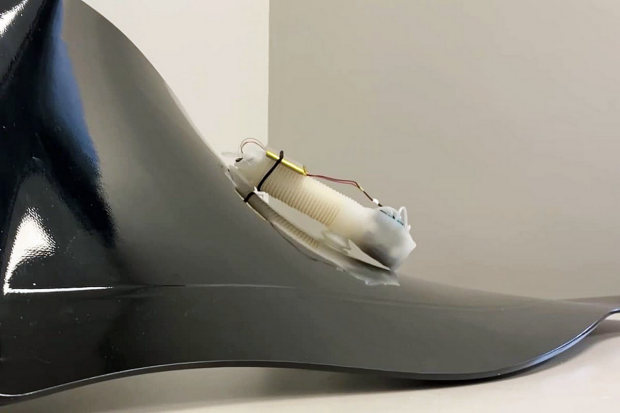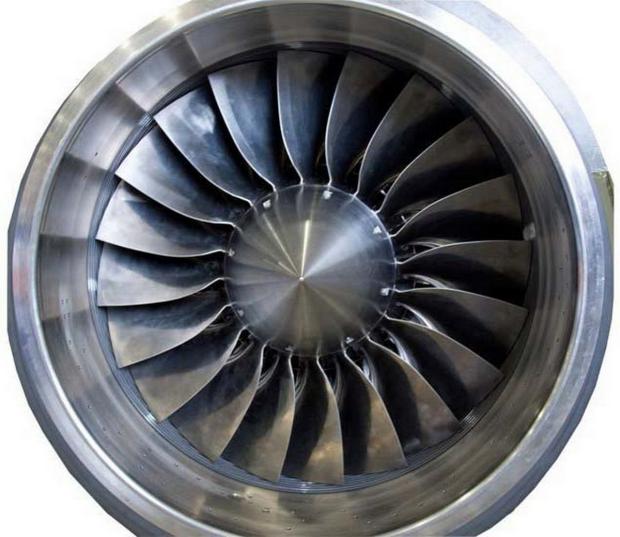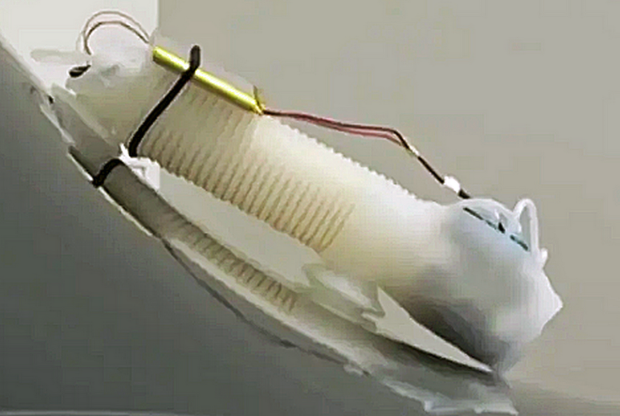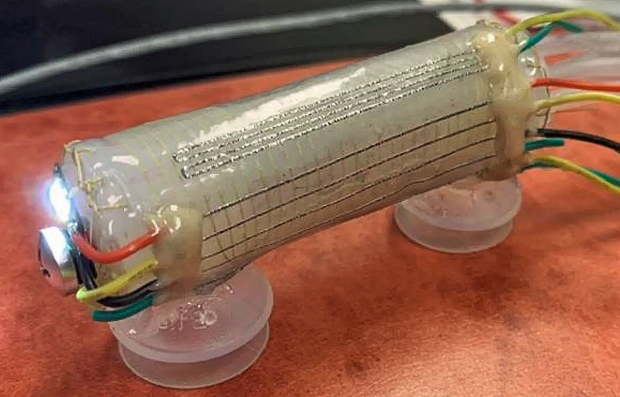Robotic Inchworm to Diagnose and Repair Jet Engine Blades




Sensiworm resembles an inchworm and is self-contained with on-board power, computing, and pressure resources. A remote operator can wirelessly control its movements and receive real-time feedback. It is made of flexible hybrid electronics that combine soft materials with thin-film sensors, actuators, and circuits. The robotic worm navigates the intricate crevices and contours of jet engine components, actively searching for signs of cracks and corrosion. It adapts its shape to traverse the compound curves of turbine fan blades. It can accurately inspect and measure the thickness of thermal barrier coatings on engine parts to determine if they are maintaining the proper thickness. In a press release, Deepak Trivedi, a principal robotics engineer at GE Aerospace Research, explained, "With their soft, compliant design, Sensiworm robots could inspect every inch of a jet engine, transmitting live video and real-time data about the condition of components." While initial demonstrations have been concentrated primarily on inspections, Trivedi added that they are "developing new capabilities that would allow these robots to execute repairs once they detect a defect."
The Sensiworm project has garnered funding and support through SEMI Flex Tech, an industry-led public-private partnership. This collaboration includes Binghamton University, home to the globally recognized Center for Advanced Microelectronics Manufacturing (CAMM), and UES, Inc., an Ohio-based R&D organization specializing in aerospace and electronics research. Eurofighter Typhoon fan-blade intake shown. Read details at Newatlas.com, and see the related GE press release, here. Watch a background video on how turbine bales are made, here, Photos courtesy of GE Aerospace Research, Newatlas.com and Techspray.com.
